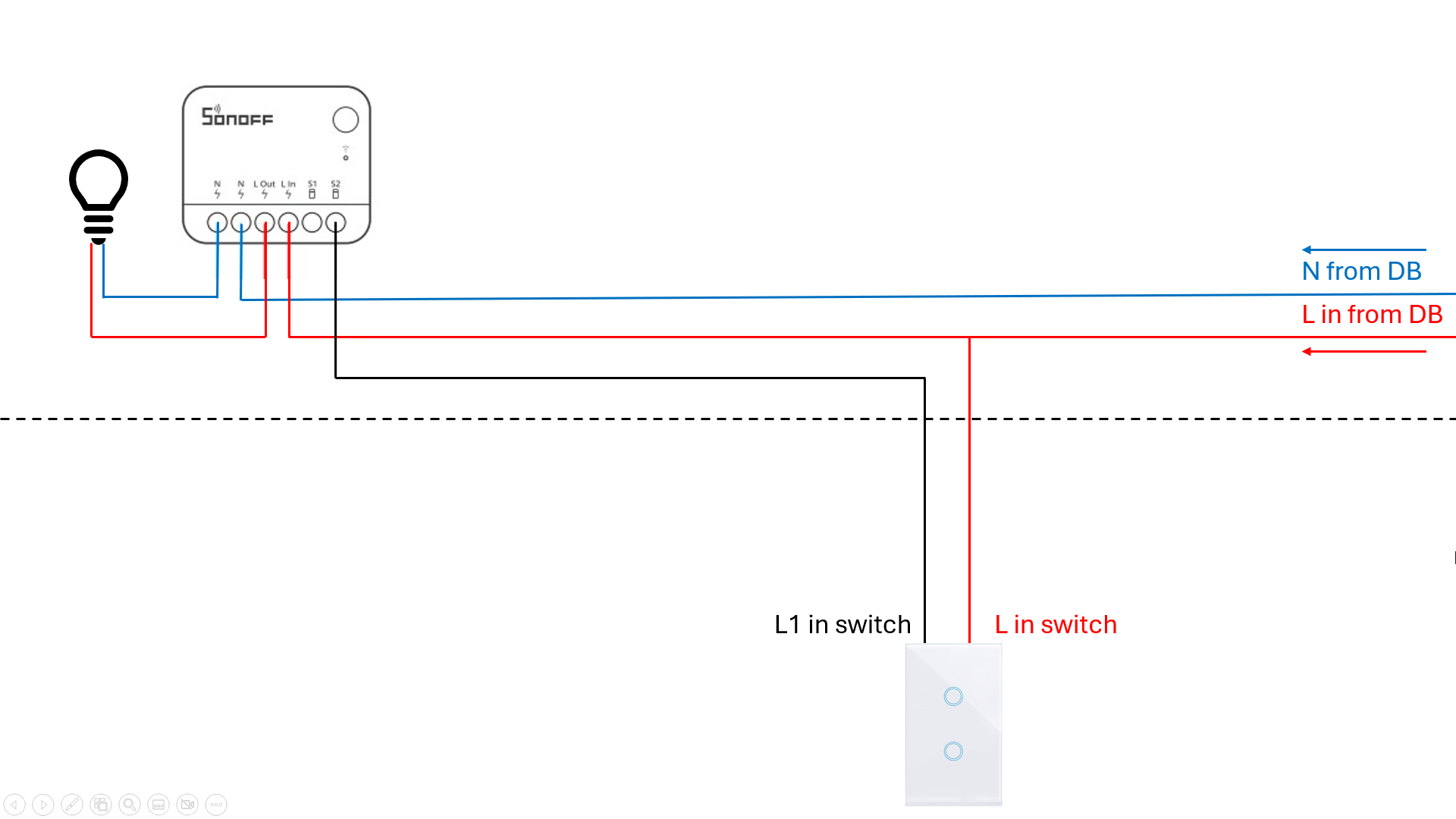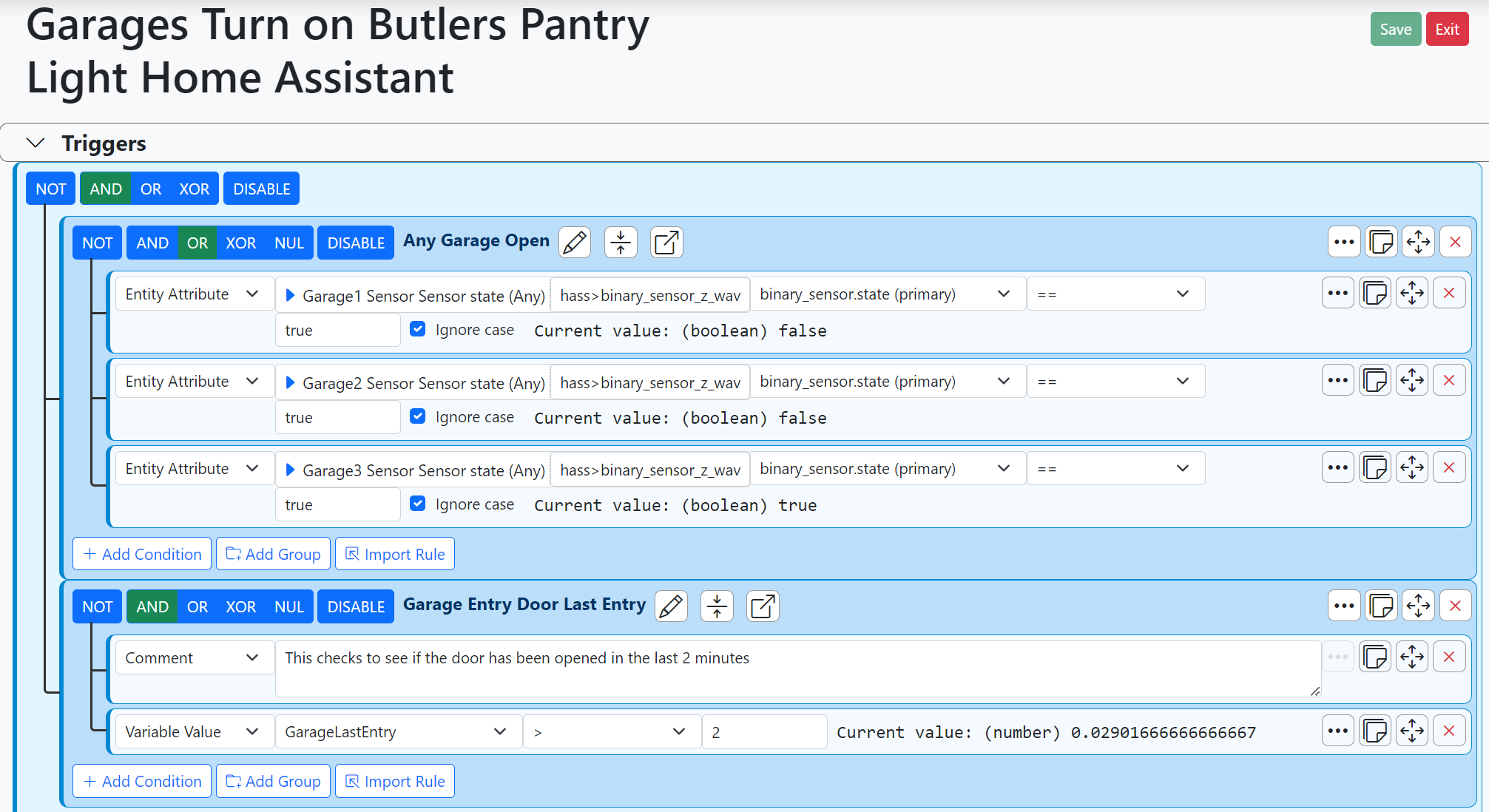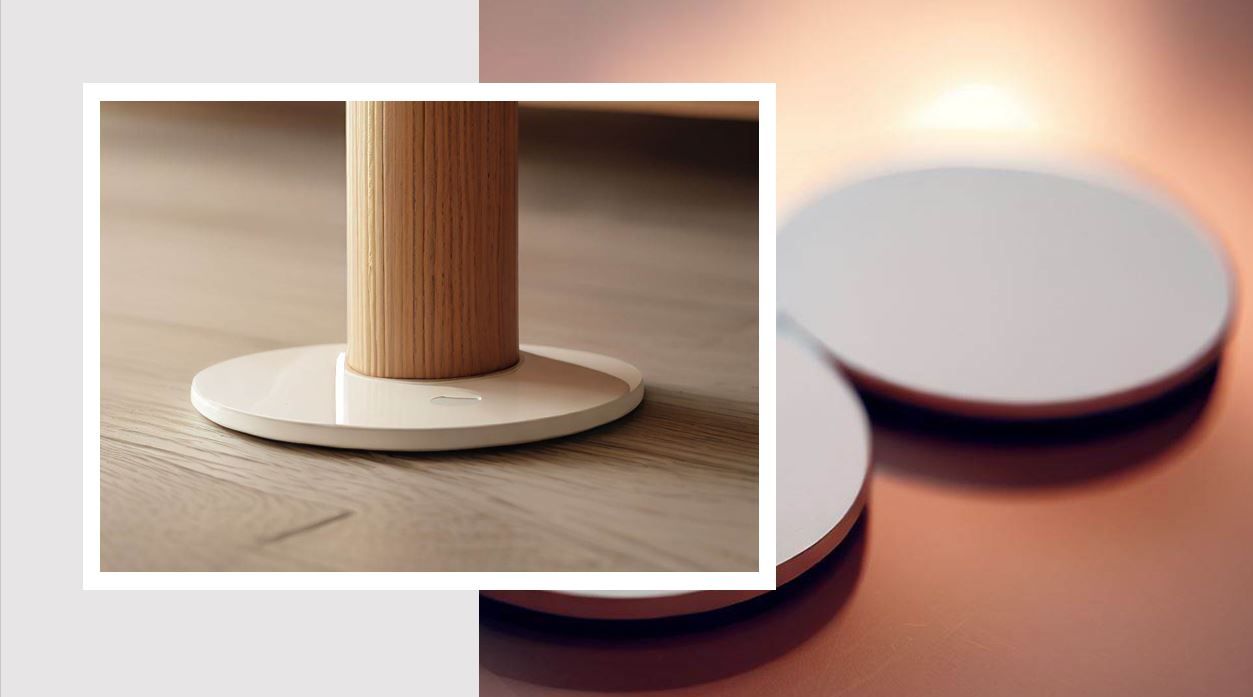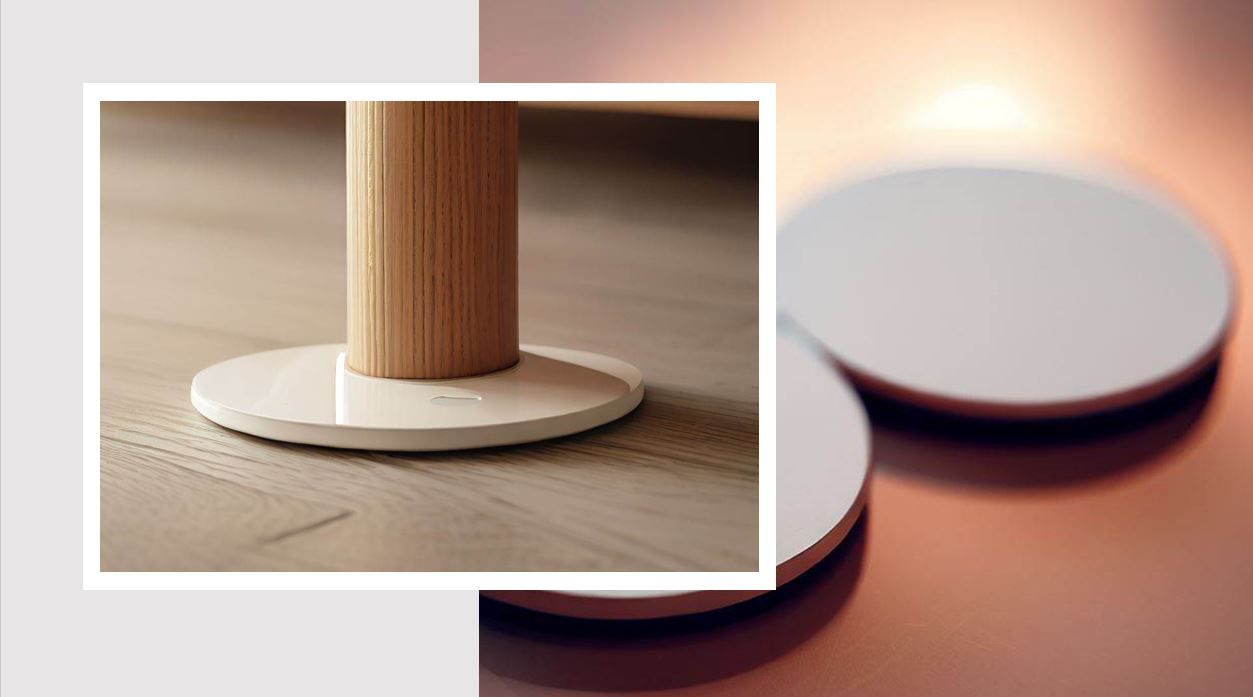Smart bed sensor
-
Hey everyone, I'm currently working on developing a bed sensor that can detect when you're out of bed. It could be used to trigger other smart home gadgets, like lights or blinds, temperature etc.
The sensors are placed under the legs of your bed post. Should look and feel like "smart furniture pads" with size 2 inches in diameter and 1/4 inch thick.
Before we go any further, I'd love to get your thoughts on this - would a bed sensor like this be something you'd find useful? We're still in the early stages of development, so any feedback you have would be greatly appreciated. Thanks in advance! -
It would be great to have such a sensor. Today I do this work with pressure strips on the mattress, but it gives a huge maintenance because the movement of the body breaks the strip or the connection cables. The doubt I have is how would be controlled the personnel on the sensor? I mean, would the very weight of the bed induce someone to be on top of it? Besides, there are beds that have several feet, I imagine that the sensor does not have to be placed on all of them, there should be some that are just supports at the same height as the main sensor. In summary I do not think the idea is bad, but we still have to think a lot about how to make it a reality and test it. Good luck.
-
I think this would be an interesting sensor to have. I’m guessing you are sensing pressure / weight and returning a numeric value based on that vs a simple open / close. The reason being you is that you would need a base (empty bed) value in order to make decisions whether someone / thing is in bed or not or how many are in bed for that matter. The second reason is that beds have different numbers of legs depending on the type of bed and therefore weight distribution comes into the picture, so sensing pressure or weight vs open / close seems like it would give you more options and even interest from other markets.
Meaning, if this is a pressure / weight type sensor it could have other applications as well expanding your market. For example, I have a salt tank that holds a few hundred pounds of salt for my water treatment system. I could record the initial numeric values at different levels and use that information to know when it is low and needs more salt. I would be interested in doing that.
Just my $.02
Take care and good luck.
-bh
-
Thanks for your comments! The idea is to use at least 2 of them @wmarcolin so that the bed is stable. I guess the other type is where you don´t have any legs and that should still be fine to use two of them on one end of the bed.
The sensors will detect the difference in pressure when you are in the bed compared to when you are not, so it will adapt quickly to the bed you are using. Large dogs might trigger false positives but we believe we can make it reliable enough for most situations.
Great alternative use case @basai. In that case sounds like you would need the raw values. The first version will not be as accurate as a scale but might be accurate enough for your application. Let me think about it..If you are interested to try it out please send us an email and we will come back to you when it is ready - smartfurniturepads@gmail.com
-
This smart device could have some useful benefits like enegry savings, convenience and safety (e.g for elderly care); that said, this technology can be developed more in order to track sleeps to determine sleeping patterns which can be useful in many ways.
On the other hand, it's got its own drawbacks, e.g relying on the bed sensor to control multiple smart home devices could lead to inconveniences if the sensor malfunctions or experiences connectivity issues. Also it might cost a lot and be expensive -
Interesting. If you have a bed like mine without legs, I don't think you'd get away with only two sensors. The bed would be on a slant so perhaps a set of 1 active sensor and 3 dummies to keep things level.
Two other thoughts:
Battery change? Bit of a pain to pick the bed up, or indeed plug it in. So I think long battery life would be a big ticket item
Also you've got (likely) 4 possible states:
Empty
Occupant 1
Occupant 2
Occupant 1 + Occupant 2
Just random thoughts
C -
Interesting. If you have a bed like mine without legs, I don't think you'd get away with only two sensors. The bed would be on a slant so perhaps a set of 1 active sensor and 3 dummies to keep things level.
Two other thoughts:
Battery change? Bit of a pain to pick the bed up, or indeed plug it in. So I think long battery life would be a big ticket item
Also you've got (likely) 4 possible states:
Empty
Occupant 1
Occupant 2
Occupant 1 + Occupant 2
Just random thoughts
C -
Thanks for your comments! The idea is to use at least 2 of them @wmarcolin so that the bed is stable. I guess the other type is where you don´t have any legs and that should still be fine to use two of them on one end of the bed.
The sensors will detect the difference in pressure when you are in the bed compared to when you are not, so it will adapt quickly to the bed you are using. Large dogs might trigger false positives but we believe we can make it reliable enough for most situations.
Great alternative use case @basai. In that case sounds like you would need the raw values. The first version will not be as accurate as a scale but might be accurate enough for your application. Let me think about it..If you are interested to try it out please send us an email and we will come back to you when it is ready - smartfurniturepads@gmail.com
@Christer said in Smart bed sensor:
Thanks for your comments! The idea is to use at least 2 of them @wmarcolin so that the bed is stable. I guess the other type is where you don´t have any legs and that should still be fine to use two of them on one end of the bed.
The sensors will detect the difference in pressure when you are in the bed compared to when you are not, so it will adapt quickly to the bed you are using. Large dogs might trigger false positives but we believe we can make it reliable enough for most situations.
Great alternative use case @basai. In that case sounds like you would need the raw values. The first version will not be as accurate as a scale but might be accurate enough for your application. Let me think about it..If you are interested to try it out please send us an email and we will come back to you when it is ready - smartfurniturepads@gmail.com
I agree with @wmarcolin's assessment that there would need to be dummy sensors of the same height, so that the bed wouldn't be off balance.
I already have a "smart base" for my bed. In the application for my smart base, it monitors my sleep time, but there doesn't seem to be any sort of output for telling me when I'm actually in my bed. Someone developed a MQTT plugin for Home Assistant, so I can do somethings from HA, like change the incline, turn on/off the LED lighting, but nothing to tell me if someone is actually in the bed, which is disappointing. I would enjoy having that feature, so I can turn off lights, open blinds, etc, based upon the bed occupancy.
On a side note, I'd be curious how such a sensor would handle nocturnal activities!

-
I have an aquara fp2 sensor that I’m testing on my desk and I’ll soon deploy in the master bedroom. It’s mmWave and can detect up to five people in a room, with zones and status (standing, laying, walking). It should be more than enough to detect people sleeping.
Edit: fully and locally available in HA via HomeKit local.
-
I have an aquara fp2 sensor that I’m testing on my desk and I’ll soon deploy in the master bedroom. It’s mmWave and can detect up to five people in a room, with zones and status (standing, laying, walking). It should be more than enough to detect people sleeping.
Edit: fully and locally available in HA via HomeKit local.
@therealdb The zones sound interesting. So you have a zone set around your bed and if it detects someone there it considers that person laying down?
-
@therealdb The zones sound interesting. So you have a zone set around your bed and if it detects someone there it considers that person laying down?
-
@Pabla yep, that’s the idea. I’ll have two zones to detect if it’s me or my wife.
If not in bed for 5 minutes after 7 am, consider us ready for the day and so on.@therealdb that's interesting and very useful, I have read about the FP2 and was impressed, didn't know it had the ability to create precise zones.. nice!
-
@CatmanV2 said in Smart bed sensor:
The Ex-Vera abuser know as CatmanV2.....
HA! Vera abuser or abused by Vera? I know I felt abused when I switched to Home Assistant just about a year ago.
-
I have an aquara fp2 sensor that I’m testing on my desk and I’ll soon deploy in the master bedroom. It’s mmWave and can detect up to five people in a room, with zones and status (standing, laying, walking). It should be more than enough to detect people sleeping.
Edit: fully and locally available in HA via HomeKit local.
@therealdb How are you finding the FP2? Is it fast?
C
-
@therealdb How are you finding the FP2? Is it fast?
C
@CatmanV2 said in Smart bed sensor:
@therealdb How are you finding the FP2? Is it fast?
Yep. Still on my desk, tracking me when working from home. I’ll move it to the master bedroom in the next weeks. Too busy with work atm.




